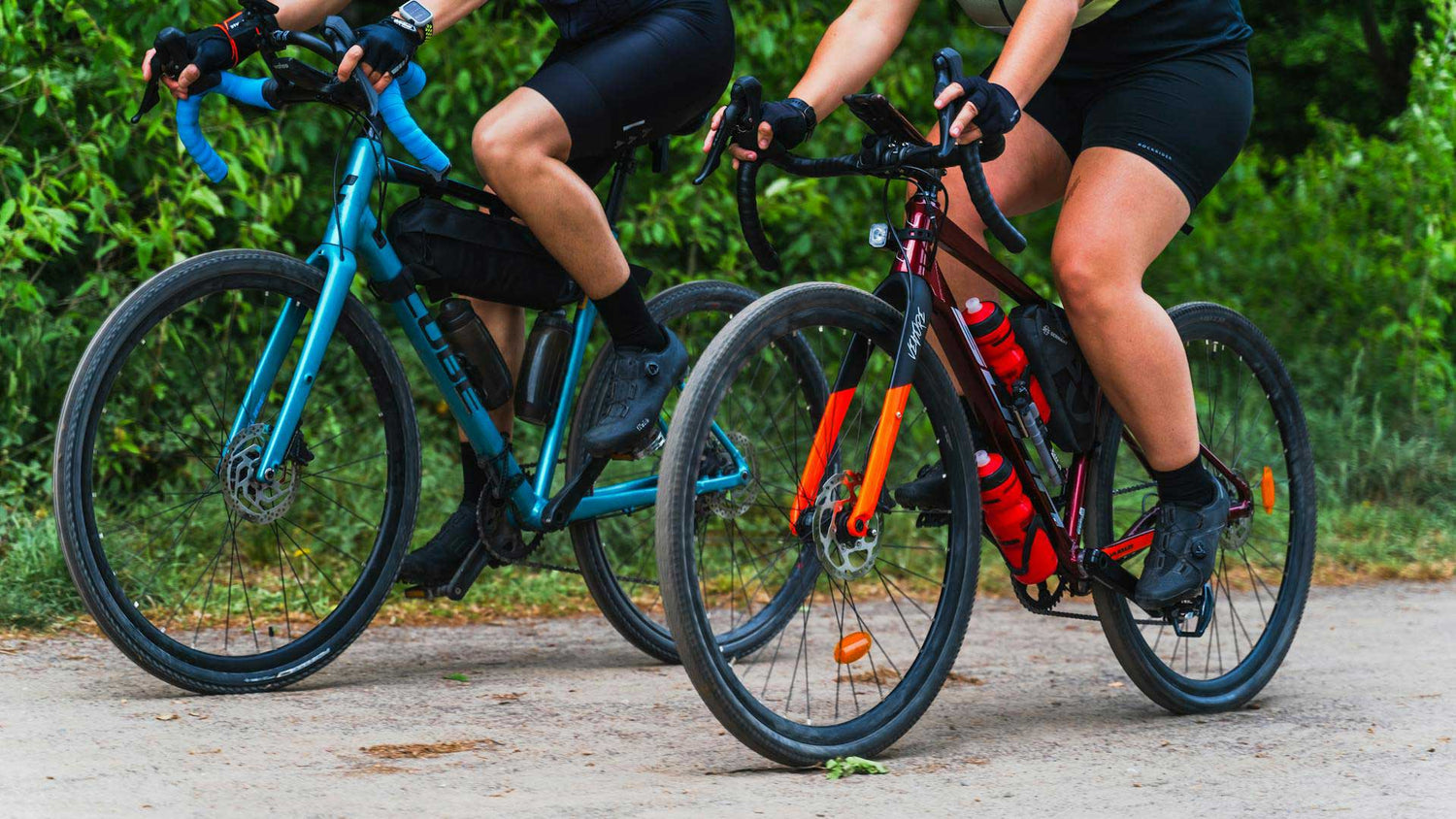When I first got into cycling, going faster was a lot simpler. You simply rode more miles, drilled holes in your already lightweight components, and pumped the narrowest tyres you could find up as hard as your pump would allow. Today, bragging rights come from your power-to-weight ratio. Back in the good ol' days it came from telling your club mates "I'm running 170psi" in tubular tyres. It certainly felt faster when you had more than eleven times atmospheric pressure inside 19mm tyres. Comfort was never an issue, firstly because we were all so hardy from walking to school in our bare feet and secondly because after the first half mile of any ride your lower body's pain receptors had short circuited from all the vibration. Ah, simple times.
Today we appear to have gone to the polar opposite: even the most luddite of professional racing cyclists are using at least 28mm tyres and modern tubeless systems mean 60psi is not unheard of on road bikes, even in the highest echelons of elite road racing. It's science: wider is faster at the same pressure. How? It's a matter of rolling resistance. When your circular tyre makes contact with the ground it flattens out, so the rotation of the wheel is impeded. A narrow tyre actually has a larger footprint (slimmer but longer) than a wider tyre (wider but shorter). Smaller foot print = less deformation = more speed. Yes, it offers more resistance to the wind but any aerodynamic penalty is lower than the gains in improved rolling resistance. So much so that Trek's high end Domane road bike comes with 32mm tyres on most sizes.
"But what about all that extra weight?" I hear you cry. Those wider tyres weigh more and we all know that weight is the enemy of cyclists. That's why some people love the idea of a tyre insert to prevent punctures but just can't bring themselves to be burdened by the extra weight. Plus rotating weight takes more energy to move than static weight like your bike's frame. But how much additional energy? Will the average cyclist notice these additional energy requirements? Wheel manufacturer Swiss Side analysed the data from a one hour circuit race and calculated that a 400g lighter wheel only saved 0.7 seconds due to isolated rotational inertia reduction (the bit attributable to weight rather than other factors such as wind resistance). While a heavier wheel (including a wheel with tyre insert adding rotating weight at the rim) is harder to accelerate up to speed, once you've got it up to speed that energy keeps you moving forward. Energy is only lost during braking, and even during the one hour circuit race analysed by Swiss Side, riders were only braking 2% of the time. If you're riding a time trial, triathlon, or even a sportif, chances are you are braking less than 2% of the time. At extremes, this flywheel effect was used by Ondrej Sosenka to break the world hour record in 2005. Sosenka's rear wheel tipped the scales at a whopping 3.2kg, the thinking being that it would be easier to keep moving once up to speed. He broke the record but also broke the rules a few years later and received a ban that ended his career.
Of course, when the road points upwards there's no defying gravity and every ounce counts. Again, whether you can actually feel this is questionable. Let's say you have two 150g tyre inserts fitted and you and your bike combined weigh 82kg. Only 0.0036% of that total mass is being contributed by the 300g of both tyre inserts. If you are a princess whose sleep is easily disrupted by a pea underneath your mattress this may be a problem. For everyone else I'd argue that it's psychological.
In absolute mathematical terms it's true that adding tyre inserts will slow you down due to increased mass. In the real world you probably aren't going to notice any difference in your average speed once you're up to cruising speed. With inserts like Tannus Armour you'll also have a wider range of tyre pressures available to fine tune comfort and grip without worrying about pinch flats. But don't just take our word for it - try Tannus Armour risk free for 60 days. If you're not impressed we'll refund your money.





